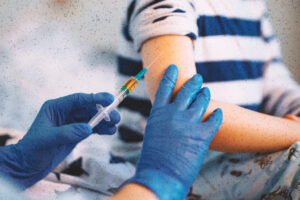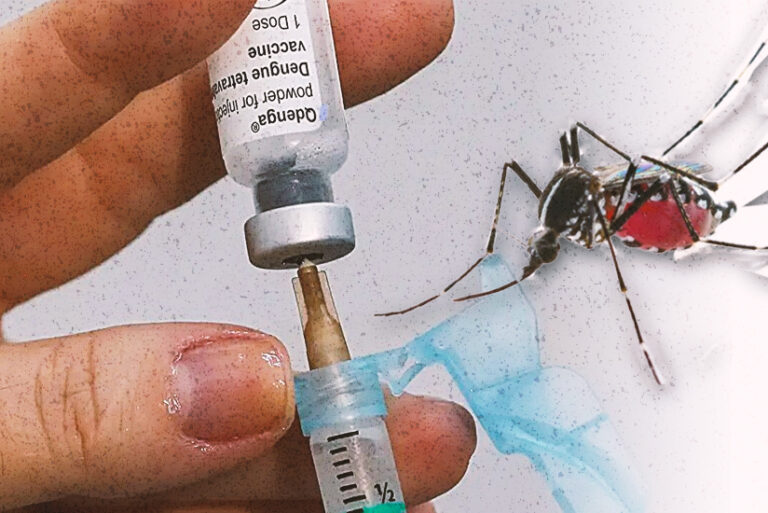By Samuel Pimping
Save not one—but three people today. Every donation can preserve up to three lives, and a healthy individual can donate whole blood as many as six times per annum.
Through an act of giving, we have the potential to save almost twenty other human beings every year. With the constant demand for this crimson giver of life, how exactly does your blood help someone in desperate need?

The Lifeblood Doctrine
Strangely enough, blood and taxation have something in common. The Lifeblood Doctrine is a concept in taxation acknowledging the importance of public funds to the government. Blood to the body is what taxes are to the regime. Like how the administration cannot function without a source of revenues that allows it to develop and maintain a civilized society, we cannot be alive if not for the animating characteristics of blood.

If the government cannot exist without taxes, then the human body cannot live without the river of life. Blood carries essential nutrients including the oxygen from our lungs to all parts of the body and redirects waste away from vital organs. In this day and age, given its relative scarcity, one might ask, “why has a liquid substitute (synthetic or artificial blood) not been invented yet?”
The fact remains that blood is irreplaceable. It is too complex to reproduce in an artificial setting such as a lab. No machine or composition of chemicals can recreate this fluid of vitality, and nothing compares to how effectively the human body, or any animal for that matter, can produce blood as instruments of creation.
Because blood cannot be substituted, the demand for it is always high. The available supply is the issue at hand. In fact, the contribution of the Philippine Red Cross (PRC) to the national blood requirement fell to around 30% to 40% of the national blood requirement in 2020 from 50% in 2019 due to the pandemic. The vast array of medical conditions that necessitate transfusions include anemia, sickle cell disease, hemophilia, and other complications due to accidents and surgeries that result in severe blood loss.
How to save a life?
Blood donations are undoubtedly a noble effort; unfortunately, not everyone qualifies as a donor. In the United States, it has been estimated that only 38% are eligible to donate blood, and even then, only 10% donate annually. So, who are qualified to donate, and what criteria do you need to know in determining if you are one of them?
According to the PRC, there are three key considerations. You must:
- Be 16 to 65 years old,
- Weigh at least 110 pounds, and
- Pass the physical and history screening (be deemed a healthy individual).
It is a common misconception that those with tattoos or piercings can never be donors. You can still be a donor if at least a year has passed since your most recent tattooing or piercing procedure. This is only to reduce the risk of transferring an unknown disease that can possibly contracted due to breaking the skin under unsterile conditions. Plus, some bloodborne diseases may take some time to develop before they can be fully detected. By allowing a wide gap of one year from having the procedure done, any underlying disease will almost certainly be identified immediately upon the physical screening.

Before donating, make sure to get at least five to six hours of rest and sleep. While your intention and efforts alone are honorable per se, honesty is crucial when it comes to disclosing your medical history, your recent medication, and any recent body tattoos or piercings that are hidden. This is to ensure that the receiver is at virtually no risk of complication due to transfusion.
How often can you donate? The maximum lies around four to six times per year for whole blood. The two to three–month gap is to allow the body to fully replenish red blood cells, which usually require four to six weeks of time. It is a different case for platelet apheresis donors because platelets are replaced more quickly within the body, which are cells frequently lacking in cancer patients. Those who intend to donate only platelets just need to wait seven days before doing so again; making it so that this type of donor can undergo the procedure up to 24 instances within a single year.
Safety ensured
Most of the time, there are many willing donors who are held back by certain fears. Whether these frights include trypanophobia (intense fear of needles) or imagined complications that may occur during the procedure, they are not unreasonable to conceive as humans are naturally inclined towards self-preservation. However, donation procedures are so highly developed and controlled nowadays that there is practically no threat to any donor’s health or life.
Donating blood will not make you weak. Although slight bruising is possible, the human body is much stronger than most of us give it credit and can immediately compensate for lost fluids. The amount to be donated is precisely measured, so you do not have to worry about inadvertently supplying too much blood at one time. Nurses or doctors will readily intervene when a donor communicates or shows that they do not feel well.
Also, have you ever wondered why your blood type—whether you are AB positive, O negative, and such—is important? This is because each main blood group (A, B, AB, and O) has a unique set of antigens. Giving the wrong type of blood to a recipient means that the antigens can be seen as intruders by the body, triggering an immune system response that attacks the blood. Luckily, with strict processing and cross-matching, this is a virtually non-existent problem within the industry. It is interesting to note that O negative is universal donor (can be donated to anyone), while AB positive is a universal recipient (can receive blood from anyone).

A blood donor’s benefits
Donating your blood is an act of bravery. While the benefits are primarily for the recipient, every donor has described it as a fulfilling experience that gives them a sense of community and emotional well-being. Plus, since your blood is tested for diseases right before the procedure, you essentially get a free health checkup in the process as well! That said, the very idea that you can help someone in dire need—this should be more than enough reason to potentially save a life with just a little time, effort, and altruism.
The PRC is the most well-known organization for organizing blood donation drives. It is described as “the premier humanitarian organization in the country, committed to provide quality life-saving services that protect the life and dignity especially of indigent Filipinos in vulnerable situations.”
Multiple institutions and non-government organizations known as blood service facilities such as the Philippine Blood Center and other hospitals are available for potential donors. Lately, school organizations in partnership with the PRC have been raising awareness and organizing donation drives as well. These provide plenty of opportunities for willing individuals, especially the younger generation, to show their support.

Sparing a little blood can save lives. Whether the recipient is a relative, a friend, or a complete stranger, what matters is that mere kindness goes a long way—giving someone more years together with their loved ones and touching the lives of the people around them as well.
If you are a willing donor with a desire to help, contact or inquire at your nearest blood bank now. Locations are readily available within the official website of the Philippine Red Cross here: https://redcross.org.ph/give-blood/.
References:
Baclig, C. E. (July 05, 2022). PH Blood Donors Month: FAQs, myths on giving blood. https://newsinfo.inquirer.net/1622037/ph-blood-donors-month-faqs-myths-on-giving-blood
Blood types. (n.d.). Héma-Québec. https://www.hema-quebec.qc.ca/sang/savoir-plus/groupes-sanguins.en.html
How to donate. (n.d.). Red Cross La Union San Fernando City Chapter. https://www.redcrosslaunion.org.ph/how-to-donate-blood/
Lacsamana, B. H. (September 8, 2021). Red Cross, hospitals adapt as blood shortage continues. https://www.bworldonline.com/health/2021/09/08/394878/red-cross-hospitals-adapt-as-blood-shortage-continues/
Levine, R. (January 11, 2023). Giving blood saves lives.https://www.hhs.gov/blog/2023/01/11/giving-blood-saves-lives.html
Zambon, V. (June 11, 2020). Facts about donating blood. https://www.medicalnewstoday.com/articles/blood-donation-facts








